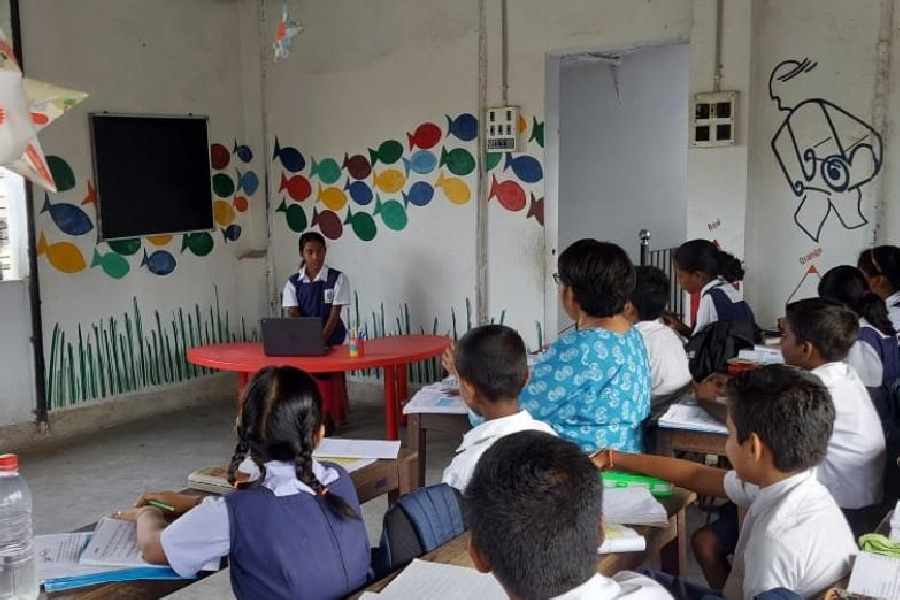Enrolment in schools across the country has dropped by over one crore between 2018-19 and 2023-24, the government has informed Parliament, prompting a former bureaucrat and an academic to question the accuracy of the data and the reasons cited for the decline.
Citing data from the Unified District Information System for Education Plus (U-DISE+) in the Rajya Sabha on Wednesday, the government said the total enrolment in schools during the five-year period fell from 26.03 crore to 24.8 crore.
In a written reply to Congress member Pramod Tiwari’s question on the reasons behind the drop in enrolment, minister of state for education Jayant Chaudhary had cited nine possible reasons.
Chaudhary said the number of students fell by 37 lakhs in 2023-24 over the previous year.
“The major reasons for dropout of schoolchildren are to supplement household income, to attend domestic chores, not interested in studies, unable to cope up with studies, child suffering with some disability, poor health, education not considered necessary by the parents, preparation of competitive examination, marriage etc,” the minister said.
Rohtas Bhankhar, a retired central government official, said the reasons cited by the minister did not appear to be based on evidence and were unconvincing.
“It is not possible to prepare for any competitive examination without completing schooling. This cannot be the reason. The reply may have been prepared without any evidence,” Bhankhar said.
The U-DISE+ report is based on voluntary uploading of data by the schools.
“The data is filled in the online designed Data Capture Format (DCF),” the report said.
An academic, who did not wish to be identified, said that the National Institute of Educational Planning and Administration (NIEPA) was publishing the U-DISE report till 2017-18. The then human resource development ministry, currently the education ministry, took over the responsibility from 2018-19.
The NIEPA had been collecting data from every school, both online and offline. The government, however, asked schools to upload data online. According to the U-DISE+ report for 2023-24, around 46 per cent of schools did not have Internet facilities.
“The NIEPA was collecting data online and manually. The NIEPA used to verify the data by asking the resource persons in cluster centres to visit some sample schools. After the government took over, the data verification has stopped. How the 46 per cent of schools uploaded data is not clear. There seems to be no accountability on the data,” the academic said.
In his reply, Chaudhary said the Centre assisted states and Union Territories through the Samagra Shiksha scheme in reducing dropouts. He claimed the data was robust.
“Also, based on the recommendations of National Education Policy 2020, w.e.f 2022-23 UDISE+ has been revitalised, to capture individual student-wise data and created a student registry. There has been a complete change in the manner of collection of data from 2022-23 onwards from gross enrolment data to individual student data. It makes comparison of data from previous years statistically different/inchoate,” he said.

